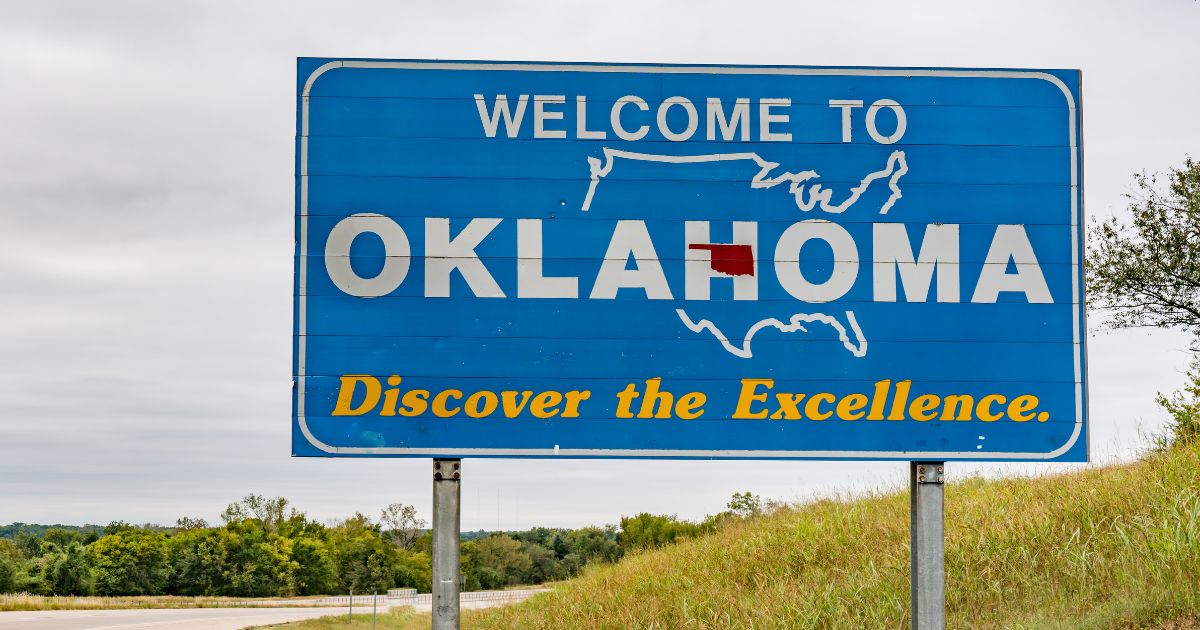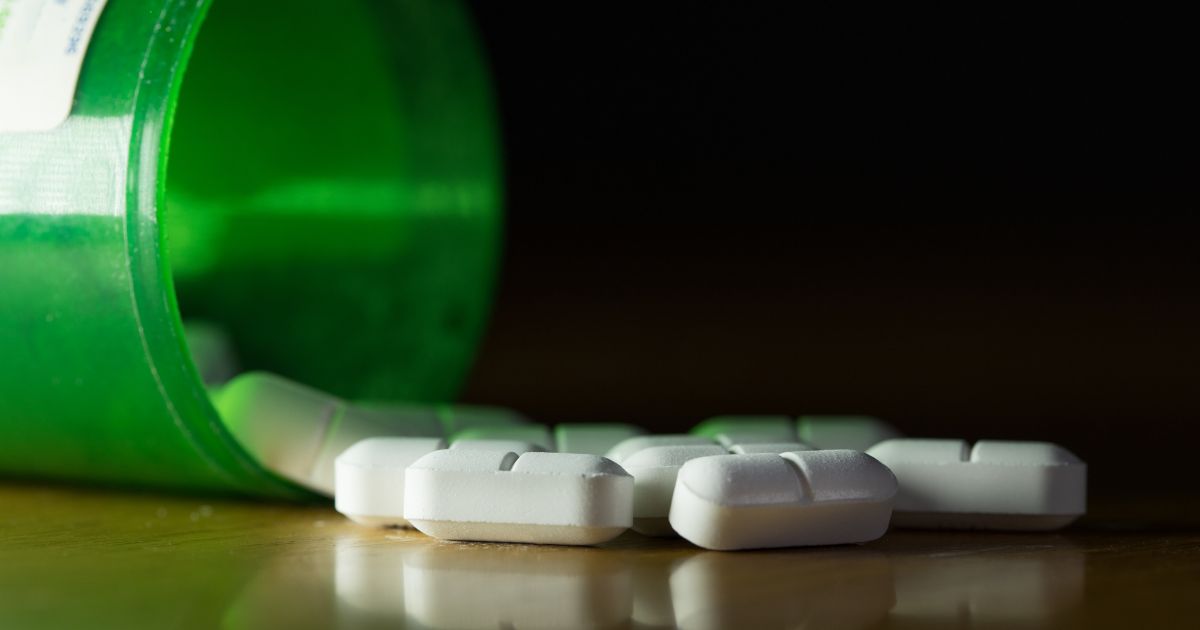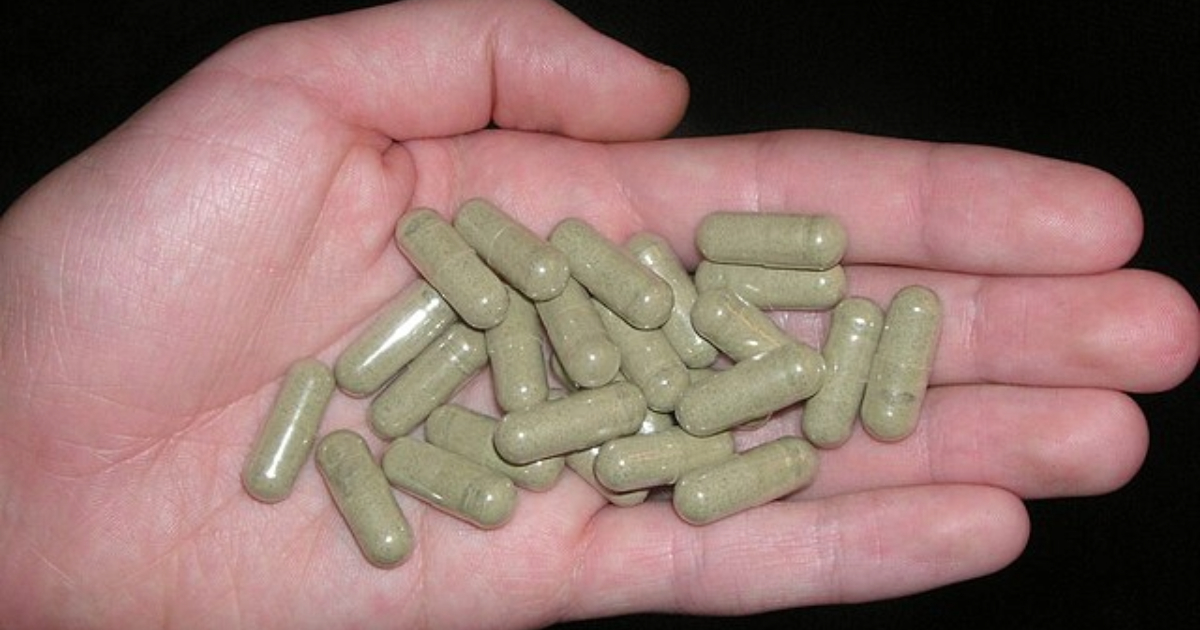What Is Polysubstance Use?
Polysubstance use is when a person abuses at least two or more substances. One example of this would be using two common party drugs like MDMA and ketamine together to increase their euphoric effects. A more common example of polysubstance use would be mixing alcohol with other drugs – particularly marijuana, cigarettes, or prescription drugs.
Polysubstance use can lead to increased health risks, as the effects of one substance can amplify the other’s and vice-versa. While people typically participate in polysubstance use to increase the sense of euphoria, or “high,” this practice can be incredibly dangerous. In fact, reports from the Centers for Disease Control and Prevention found that 50% of all overdose deaths in 2019 involved polysubstance use.
Mixing substances can also complicate the process of diagnosis and treatment. The interactions between them can make it difficult to determine which one is causing which symptoms. Those who abuse alcohol with drugs are also at higher risk for mental health issues, according to the National Institute on Alcohol Abuse and Alcoholism.
Withdrawal from two or more substances at the same time is an especially complex issue as well.
In this article, we’ll go over the dangers of mixing drugs and alcohol. We’ll also discuss mixing prescription drugs and alcohol, stimulants and alcohol, and the importance of alcohol and drug treatment.
Why Do People Mix Drugs and Alcohol?
People mix drugs and alcohol for a variety of reasons, such as:
-
- Enhancing the euphoric effects — Some people mix drugs and alcohol to intensify the desired effects of each substance. This may involve combining substances with similar effects, such as sedatives and alcohol, to increase the strength and length of the effects.
-
- Canceling out the unwanted effects — Alternatively, people may use opposing substances, like stimulants and alcohol, to “balance” out the unwanted effects (fatigue) while extending the desired effects (euphoria).
-
- Self-medication — Individuals might use alcohol alongside other drugs to cope with physical or emotional pain, stress, or mental health issues. Self-medication is a sign of substance addiction.
-
- Peer pressure — Social influence and the desire to fit in with friends or acquaintances can lead to mixing alcohol and drugs. For instance, getting “cross-faded,” the slang term for drinking alcohol and smoking marijuana, is a common practice among younger people.
Oftentimes people aren’t aware of the risks of combining drugs and alcohol. They may have a glass of wine along with their blood thinners or muscle relaxers. Or, if they are at a party they may try cocaine after having had a few drinks. Doing these things can pose a significant risk to your health.
Get confidential help from our addiction treatment specialists in Orange County. Call to join our rehab program today!
Call 866-881-1184Dangers of Mixing Prescription Drugs and Alcohol
Mixing prescription drugs and alcohol can lead to severe health risks, as alcohol can interact with medications and alter their effectiveness or cause dangerous side effects.
Some common risks include:
- Increased sedation — Mixing alcohol and opioids like Oxycodone (Percocet) can lead to feeling drowsy, dizzy, and sleepy. It can also cause respiratory depression and overdose. The same is true for sedatives such as Alprazolam (Xanax) or Diazepam (Valium).
- Liver damage — Combining alcohol with certain medications, such as acetaminophen (Tylenol) or statins, can strain the body’s organs and increase the risk of liver damage.
- Impaired Motor Control — Mixing alcohol with drugs that affect the central nervous system, such as benzodiazepines, can cause impaired motor skills, dizziness, and increased risk of falls or accidents.
If you or a loved one is struggling with polysubstance use, seek professional addiction treatment. Illegal drug and alcohol abuse can cause serious problems. Getting help now is the best thing you can do.
Dangers of Mixing Stimulants and Alcohol
Mixing stimulants and alcohol can create a deceptive sensation of sobriety.
The stimulants mask the symptoms of inebriation the drinker would feel, causing them to drink more. This raises their risk of an alcohol overdose.
At the same time, alcohol also increases the effects of the stimulant. For example, one study found that those who drink alcohol after using cocaine have 20 to 30 percent higher blood cocaine levels.
Other potential risks of mixing stimulants and alcohol include:
- Cardiovascular strain — Combining stimulants and alcohol can increase heart rate and blood pressure. That can cause heart palpitations, chest pain, stroke, or even a heart attack.
- Dehydration — Both alcohol and stimulants are diuretics. That means they can raise one’s risk of dehydration when combined.
- Alcohol poisoning — The stimulating effects of some drugs can mask the symptoms of alcohol intoxication. This could cause alcohol poisoning.
- Liver damage — Mixing alcohol and stimulants like Adderall can lead to liver damage.
- Violence and suicide — Mixing alcohol and stimulants leads to a greater risk of violent behavior and even suicide.
According to the Cleveland Clinic, of the over 20 million Americans who have a substance use disorder, 12 percent struggle with concurrent substance abuse.
Looking for quality substance abuse treatment that’s also affordable? South Coast accepts most major insurance providers. Get a free insurance benefits check now.
Check Your CoverageSubstance Abuse Treatment
Treatment of polysubstance use is complex but the first step is always checking into an addiction treatment center. Here at South Coast Behavioral Health, we offer a full medical detox program, with around-the-clock care and medications to address drug or alcohol withdrawal symptoms.
After the initial detox, addiction treatment can take place. The evidence here generally calls for a multi-pronged approach using both therapy and the latest medication. This can take place using a variety of addiction treatment programs.
For polysubstance use, our addiction center offers a variety of therapy approaches, including cognitive behavioral therapy and therapy for trauma. As polysubstance use often coincides with mental illness, we can use these therapies as part of a dual diagnosis treatment approach to address any underlying issues for why you might be mixing drugs with alcohol.
If you have any questions about drug or alcohol treatment or want to reduce your risk of overdose, call (866) 881-1184 to learn more about South Coast Behavioral Health’s detox and addiction treatment programs. Our specialists are ready day or night to take your call. With our help, you can remove the negative effects of combining alcohol with other drugs.










